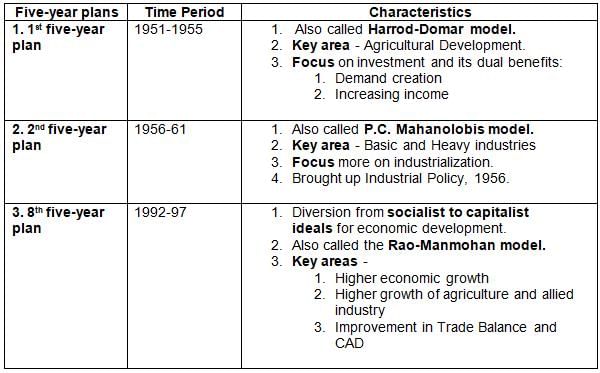- Public interest groups promote collective rather than selective good. They aim to help groups other than their own members:
- A group fighting against bonded labour fights not for itself but for those who are suffering under such bondage. In some instances, the members of public interest group may undertake activity, that benefits them as well as others too.
- Some political parties grow out of the movement. For example, the roots of parties like the DMK and the AIADMK in Tamil Nadu can be traced to a long-drawn social reform movement during the 1930s and 1940s.
- In most cases, the relationship between parties and movements is not so direct. They often take a position that is opposed to each other. Yet they are in dialogue and negotiation. Movement groups have raised new issues that have been taken up by political parties.
- Sectional Interest aims to promote the interests of a particular section or group of society.
- They represent a section of society. Eg: Trade unions, business associations and professionals (lawyers, doctors, teachers, etc.)
- Their principal concern is the betterment and well-being of their members, not society in general.
- The members of the organisation may not benefit from the cause that the organisation represents.
- A Movement attempts to influence politics rather than directly taking part in electoral competition. It’s a small organisation that depends on spontaneous mass participation of people than an interest group.
Thus, Public Interest Group seeks to promote collective good.

















